Despite the sharp decline in the USD-Index, the VND has still depreciated by nearly 3% compared to the beginning of the year, a result of the policy of maintaining low interest rates to support economic growth. Exchange rate fluctuations are raising many questions about inflationary pressure, interest rate trends and the chain reaction to domestic production and business activities.
Pressure from loose policy
Although the USD-Index has fallen by about 10% since the beginning of the year, the dong has still depreciated by 2.7-2.8% against the greenback. This development reflects the paradox occurring in the Vietnamese currency market, in the context of the continued low interest rate policy to stimulate economic growth.
According to records on July 8, the USD exchange rate on the free market continued to increase, trading around 26,433 - 26,508 VND/USD. Meanwhile, at commercial banks, the exchange rate tended to decrease slightly, such as at Vietcombank and BIDV , both decreased by 25 VND in both directions, down to around 25,965 - 26,330 VND/USD.
However, according to data from the General Statistics Office, the average USD price index in the second quarter of 2025 increased by 2.98%, and in the first 6 months of the year, it increased by 3.30%. Not only compared to the USD, the VND also depreciated against other currencies such as the Japanese Yen and the British Pound, showing that the exchange rate pressure does not only come from the greenback but is a combined result from many sides.
At the press conference announcing the results of the second quarter of 2025, Mr. Pham Chi Quang, Director of the Monetary Policy Department (State Bank) explained that the main reason for the VND's depreciation was due to low interest rates. Implementing the Government 's direction to support growth, the SBV has requested the banking system to reduce costs, reducing lending interest rates by another 0.6 percentage points compared to the end of 2024. At the same time, interbank interest rates are also kept at a very low level to ensure liquidity for the credit system.
“In that context, VND is no longer attractive enough compared to USD, financial institutions tend to switch to holding foreign currencies. Foreign capital has continuously withdrawn from the stock market since 2024, putting great pressure on the foreign exchange market,” Mr. Quang commented.
Not only that, the interest rate differential between VND and USD being pushed to negative levels has stimulated the demand for holding foreign currencies as a safe haven. USD speculation has returned, putting pressure on the exchange rate, despite the overall balance of payments still maintaining a surplus.
Mr. Nguyen The Minh, Director of Research and Development for Individual Clients, Yuanta Vietnam Securities Company, said that the USD/VND exchange rate exceeding the 26,000 VND mark is a signal that cannot be ignored. According to him, the main reason is that the interest rate gap between VND and USD is widening, while the demand for USD is still high due to increased import activities and investment capital flows have not improved significantly.
“The FED currently has no clear pressure to cut interest rates, as the US unemployment rate remains stable and inflation has not reached its target. If the US economic situation worsens in the second half of the year – specifically, growth slows down but inflation remains high, the FED will be forced to act in a loosening direction,” Mr. Minh commented.
According to data from CME Group, the market is expecting 1 to 2 interest rate cuts in September or October. At that time, the pressure on the USD/VND exchange rate may begin to cool down.
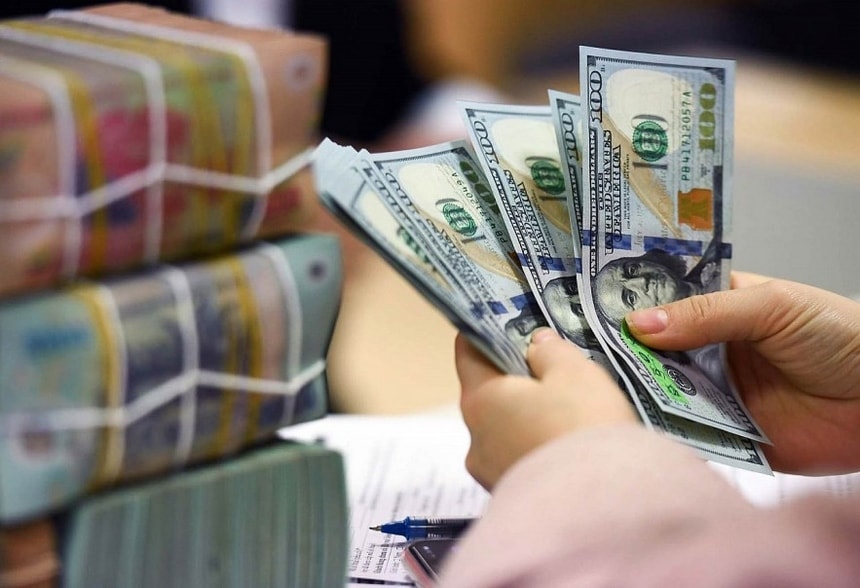
Forecast many fluctuations
According to Mr. Pham Chi Quang, Director of the Monetary Policy Department (State Bank), the exchange rate in the second half of 2025 will continue to be under great pressure from the new tariff policy of the administration of US President Donald Trump.
Specifically, on July 7, Mr. Trump signed an executive order imposing high reciprocal tariffs on exports from a series of Asian countries, including South Korea, Japan and Malaysia at 25%, Indonesia, Bangladesh, Cambodia and Thailand at 32-36%, and Laos and Myanmar at up to 40%.
Mr. Quang commented that with such high tax rates, global FDI capital flows could be strongly adjusted, as multinational corporations are forced to shift investment capital flows to countries with tax advantages.
As an economy with a large degree of openness and dependence on exports – especially exports to the US – Vietnam will be affected by a significant spillover effect. This will create waves of capital flows, thereby causing fluctuations in the exchange rate and domestic interest rates.
In addition to tariffs, global monetary policy, especially the decisions of the US Federal Reserve (FED), also plays a key role. Since the beginning of 2025, the FED has twice delayed its plan to cut interest rates due to concerns about unstable inflation in the US and the impact of Mr. Trump's confrontational economic policies.
Meanwhile, other major economies such as Europe and Japan have initially controlled inflation, creating clear policy divergence, a factor that puts additional pressure on exchange rates in developing countries, including Vietnam.
Finance and banking expert Dr. Nguyen Tri Hieu also issued a similar warning. He predicted that the USD/VND exchange rate in 2025 could increase by at least 5% if the current policy trend continues. In particular, the risk from the US-Asia trade war could reshape the global trade balance, directly affecting the exchange rate of countries that depend on import and export like Vietnam.
Another internal factor that cannot be ignored is that Vietnam's growth structure is still heavily dependent on imports of raw materials, machinery, fuel, etc. This means that the demand for foreign currency will increase in the second half of the year, continuing to put pressure on the exchange rate.
Regarding inflation, although it was controlled at 3.27% in the first 6 months of the year, below the target of 4.5%, Mr. Hieu warned that “the picture could become more complicated” in the second half of the year if energy prices, exchange rates and import costs increase together. At that time, not only inflation but also interest rates could be under pressure to adjust.
To prevent exchange rate risks, Dr. Hieu recommends that businesses, especially import groups, should use hedging tools such as forward foreign currency contracts, which help fix the exchange rate from the time of signing the contract and avoid exchange rate fluctuations that cause financial losses.
In the long term, Mr. Hieu said that businesses need to diversify import and export markets, reduce their over-reliance on the US (exports) and China (imports), and at the same time improve their ability to self-supply raw materials to reduce foreign currency pressure.
In terms of domestic interest rates, the average lending interest rate for new loans has decreased by 0.64 percentage points compared to the end of 2024, to 6.24%/year.
According to the SBV leader, the regulatory agency will continue to closely monitor the inflation situation, flexibly adjust credit limits and monetary policy tools to ensure dual goals: stabilizing the macro economy and supporting growth.
Source: https://baolamdong.vn/chu-truong-noi-long-tien-te-dang-lam-nong-ty-gia-381819.html


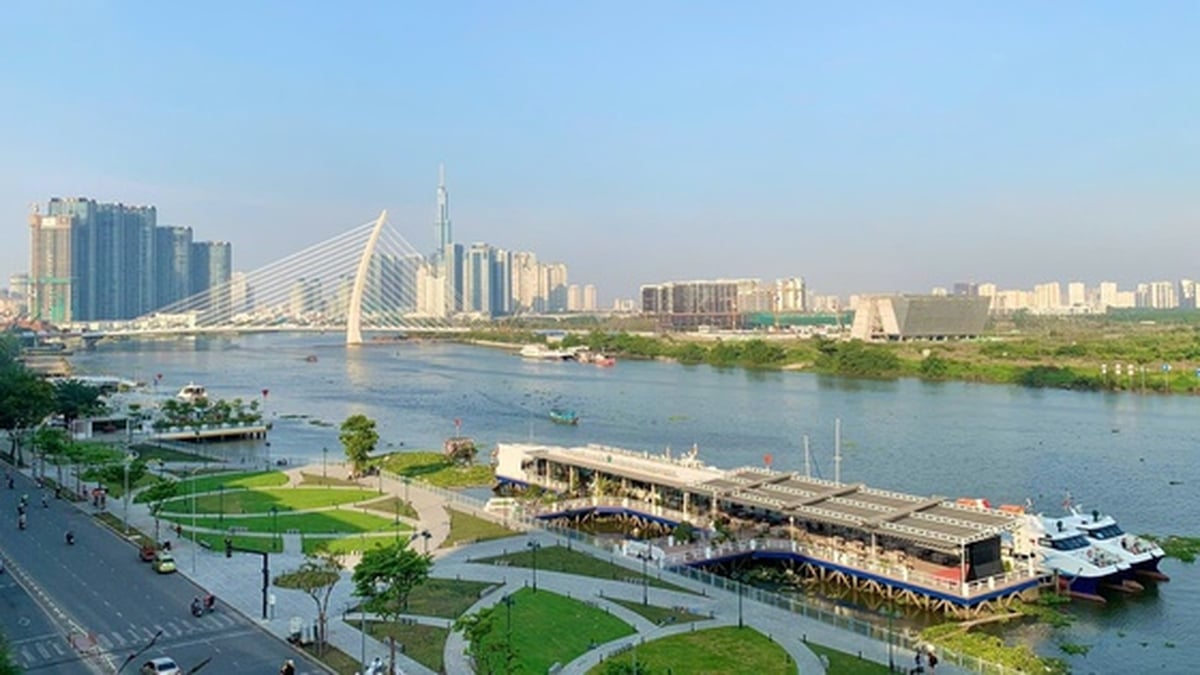























![[Infographic] Vietnam-Senegal traditional friendship](https://vphoto.vietnam.vn/thumb/1200x675/vietnam/resource/IMAGE/2025/7/23/4c96a604979345adb452af1d439d457b)









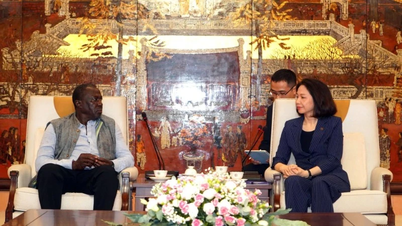










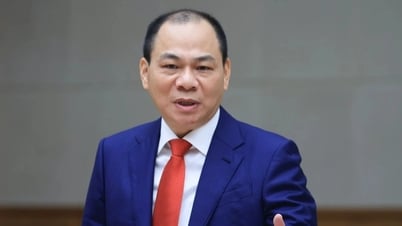



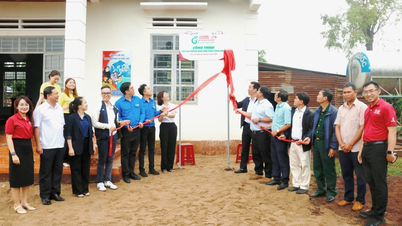

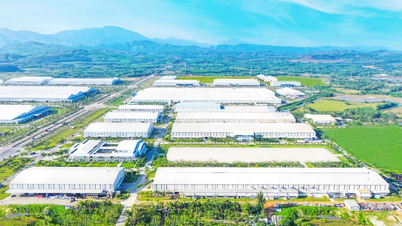











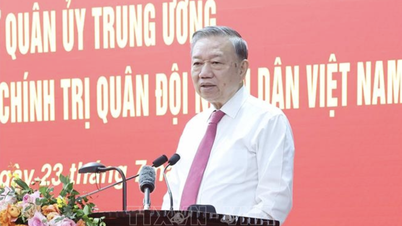

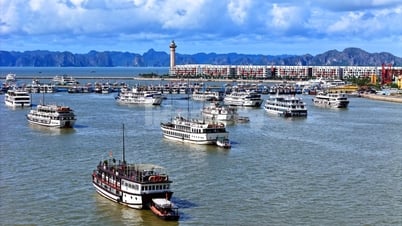





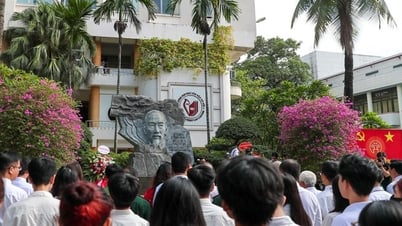




























Comment (0)